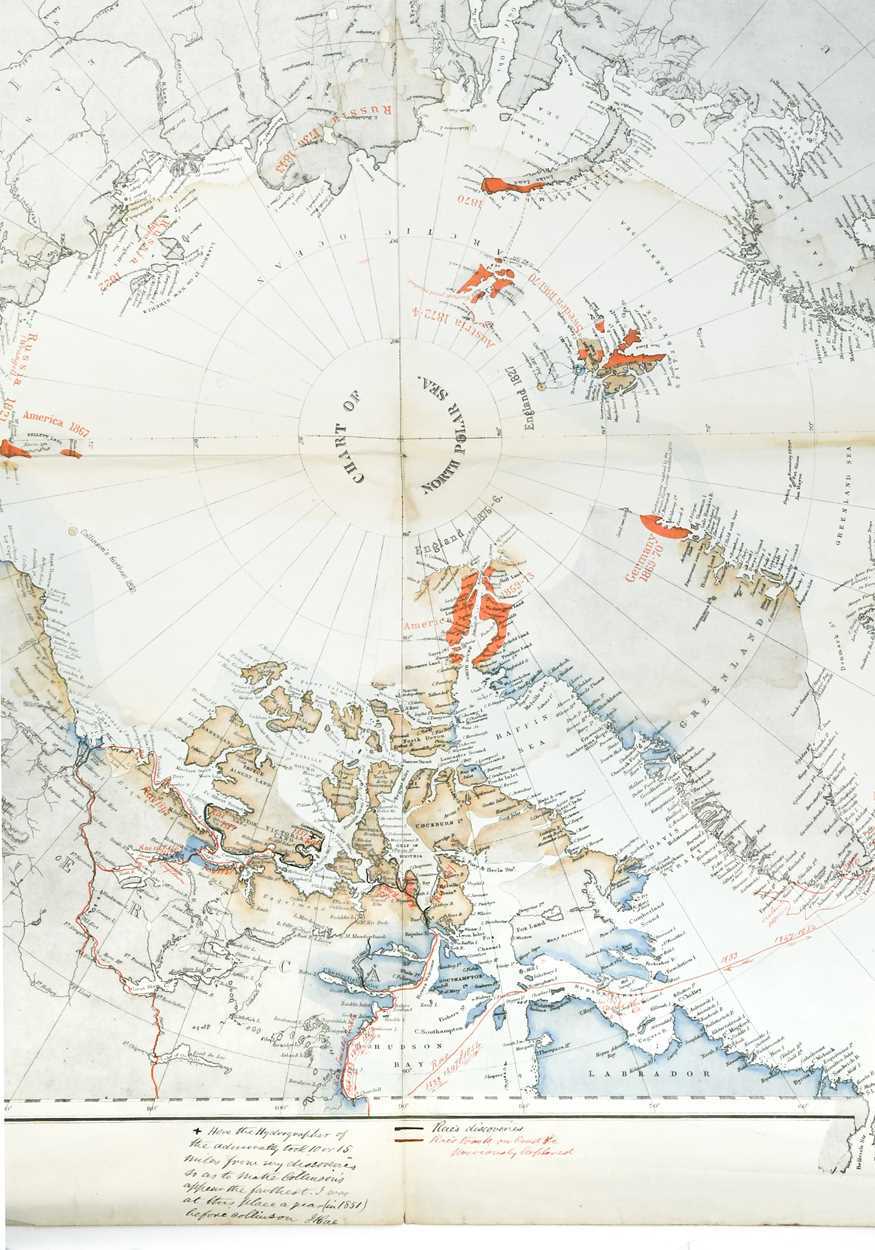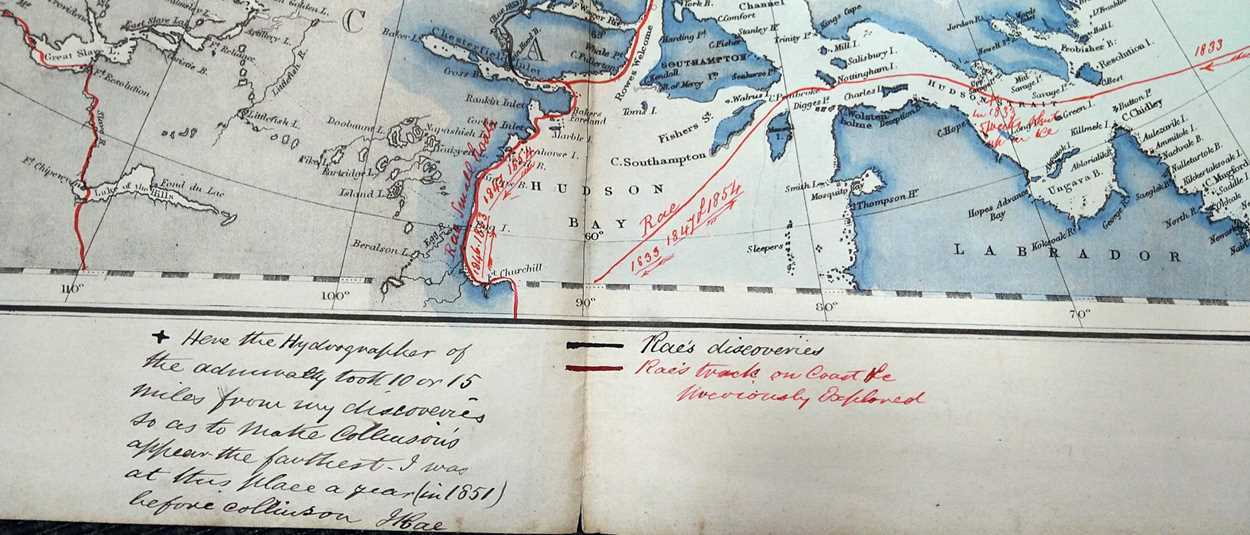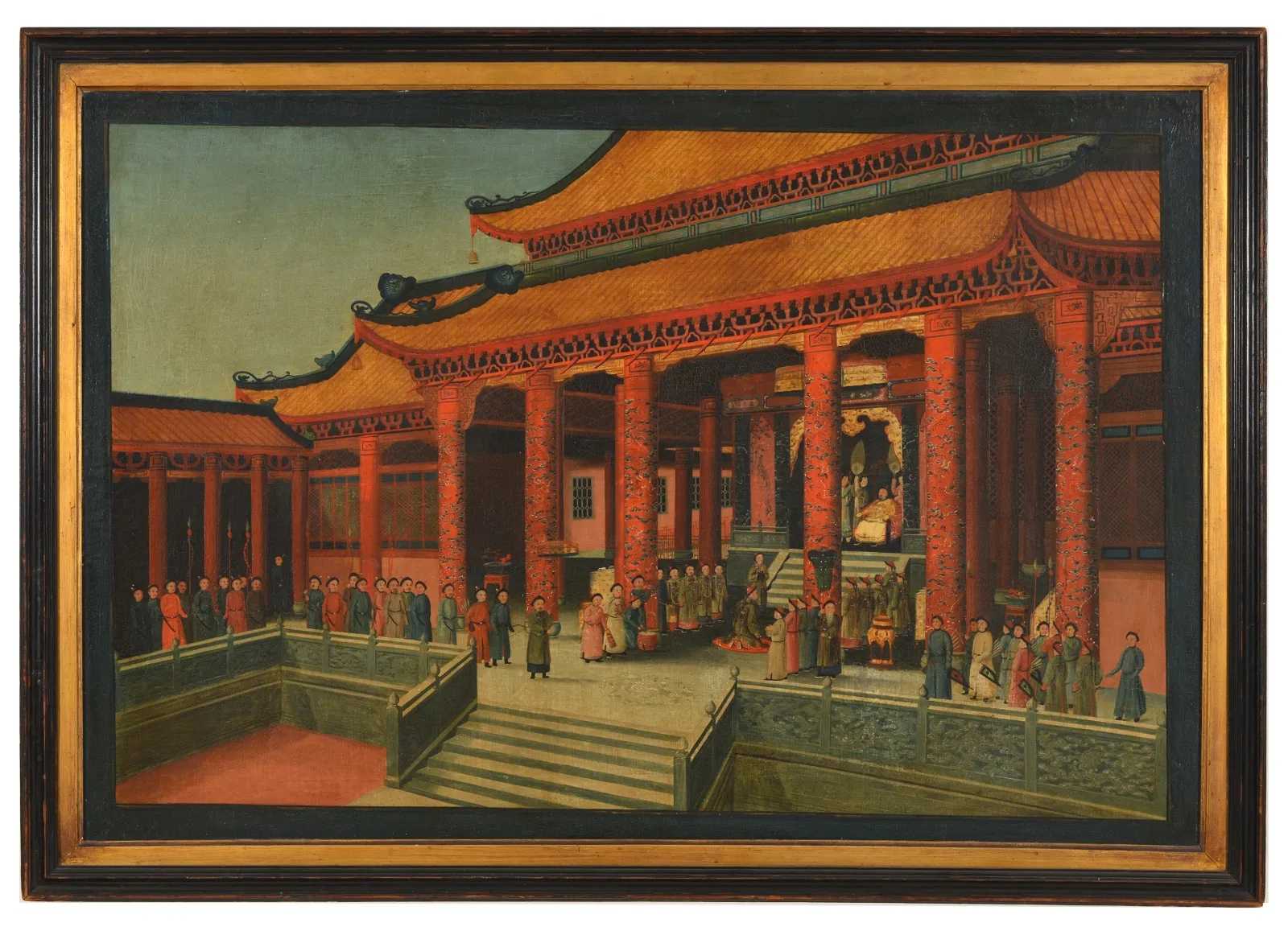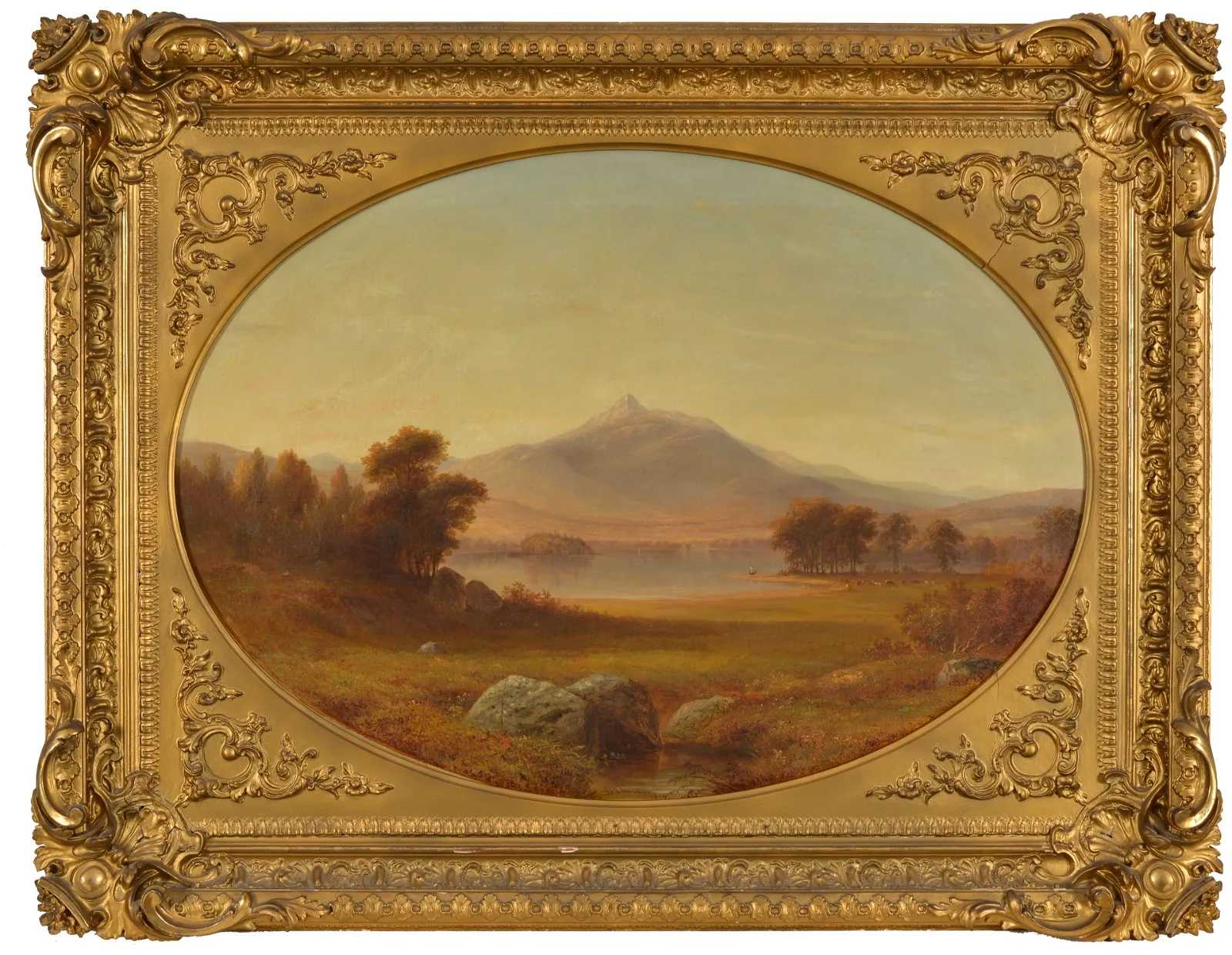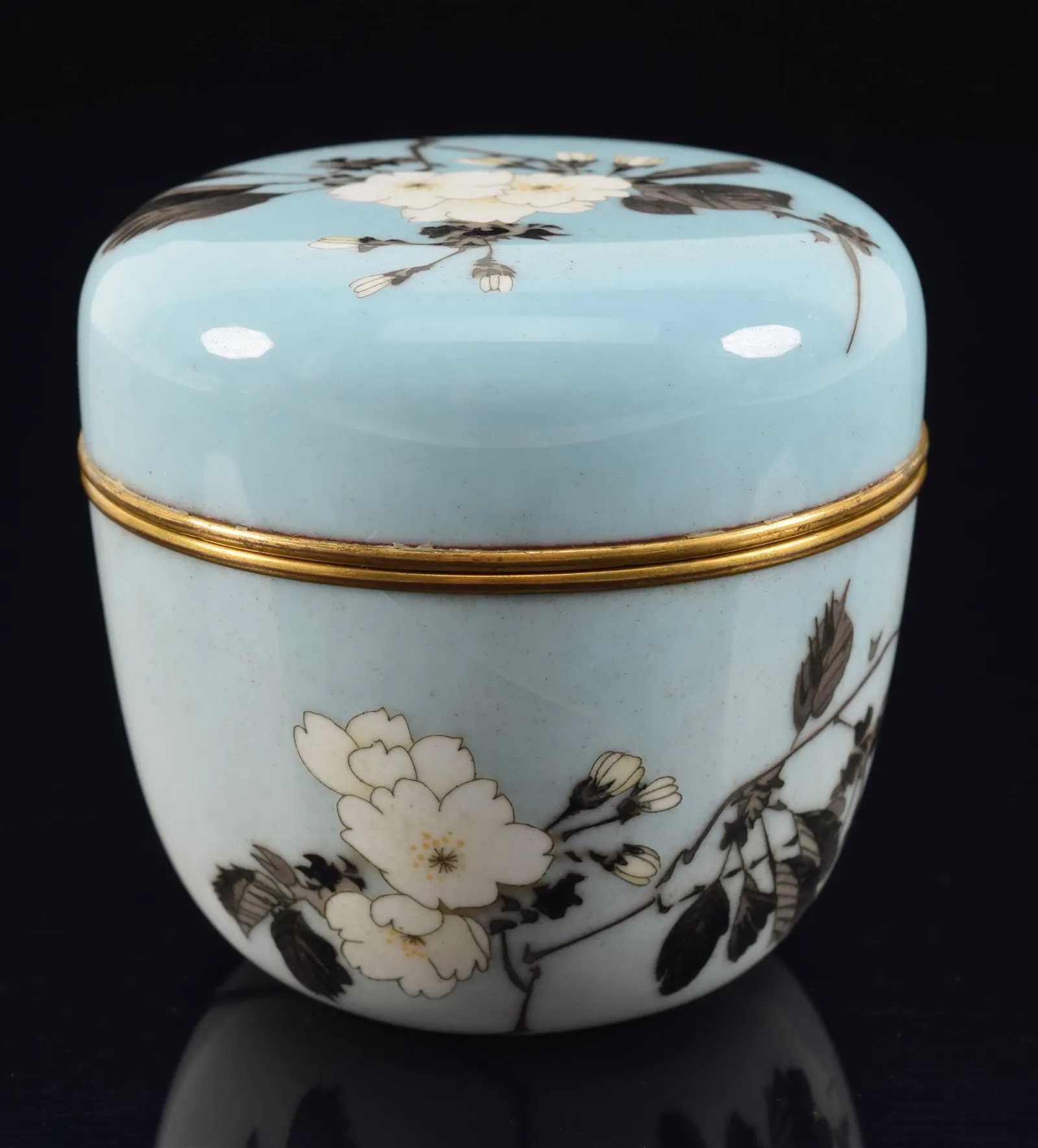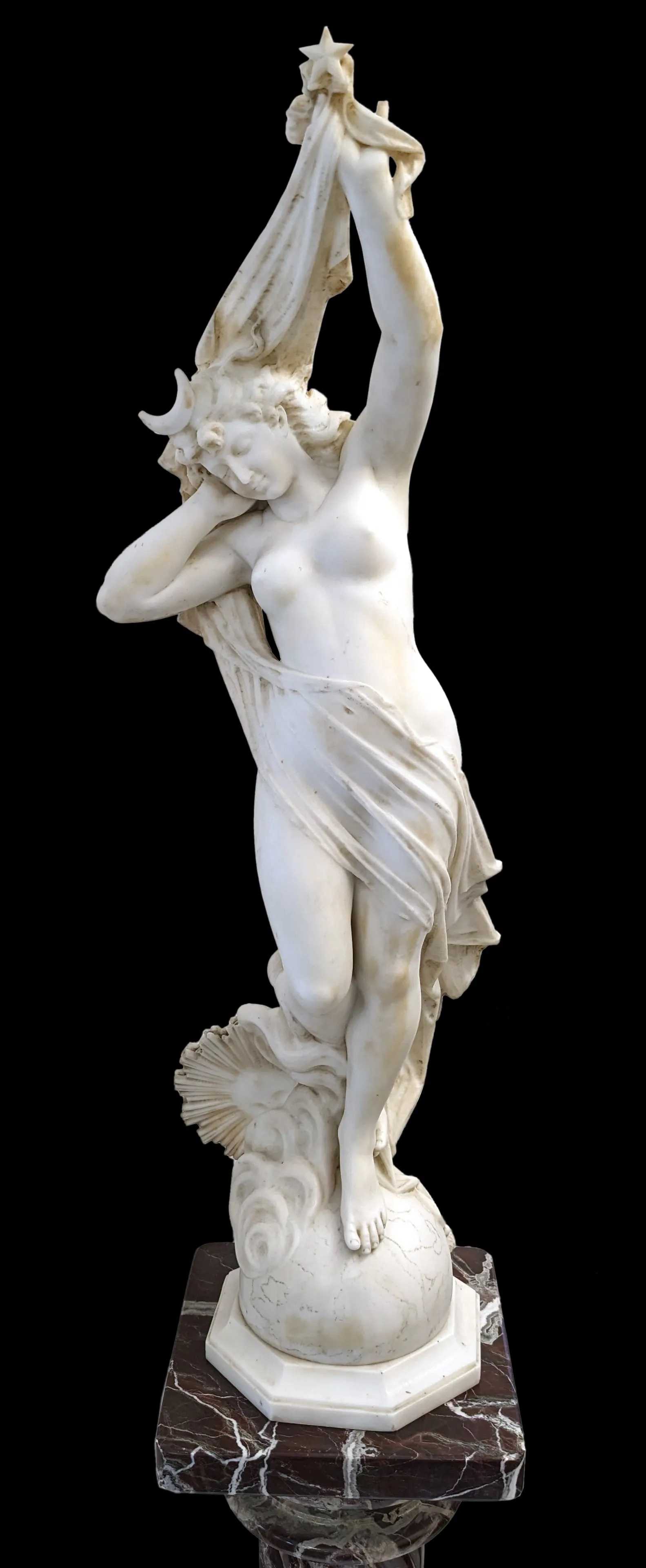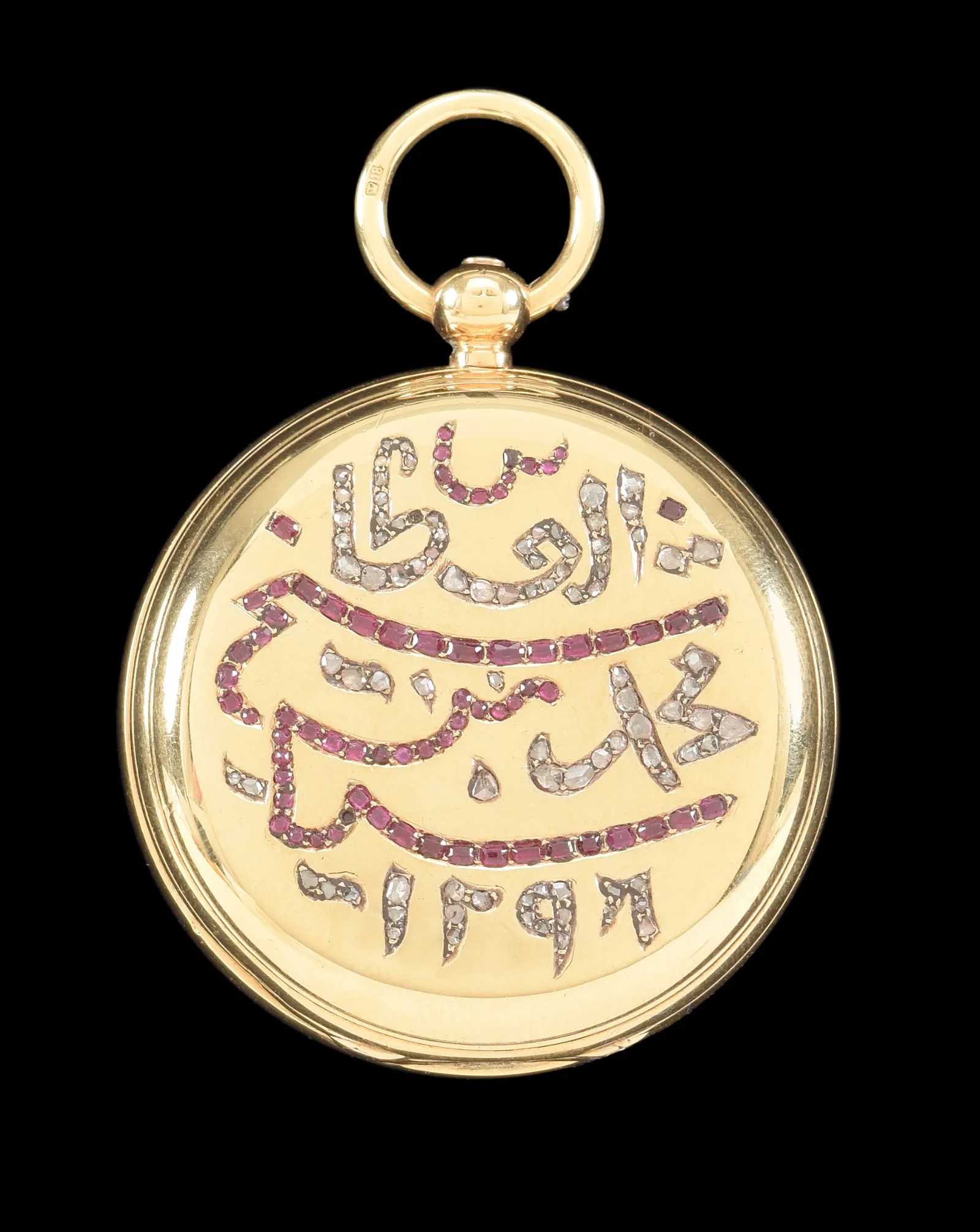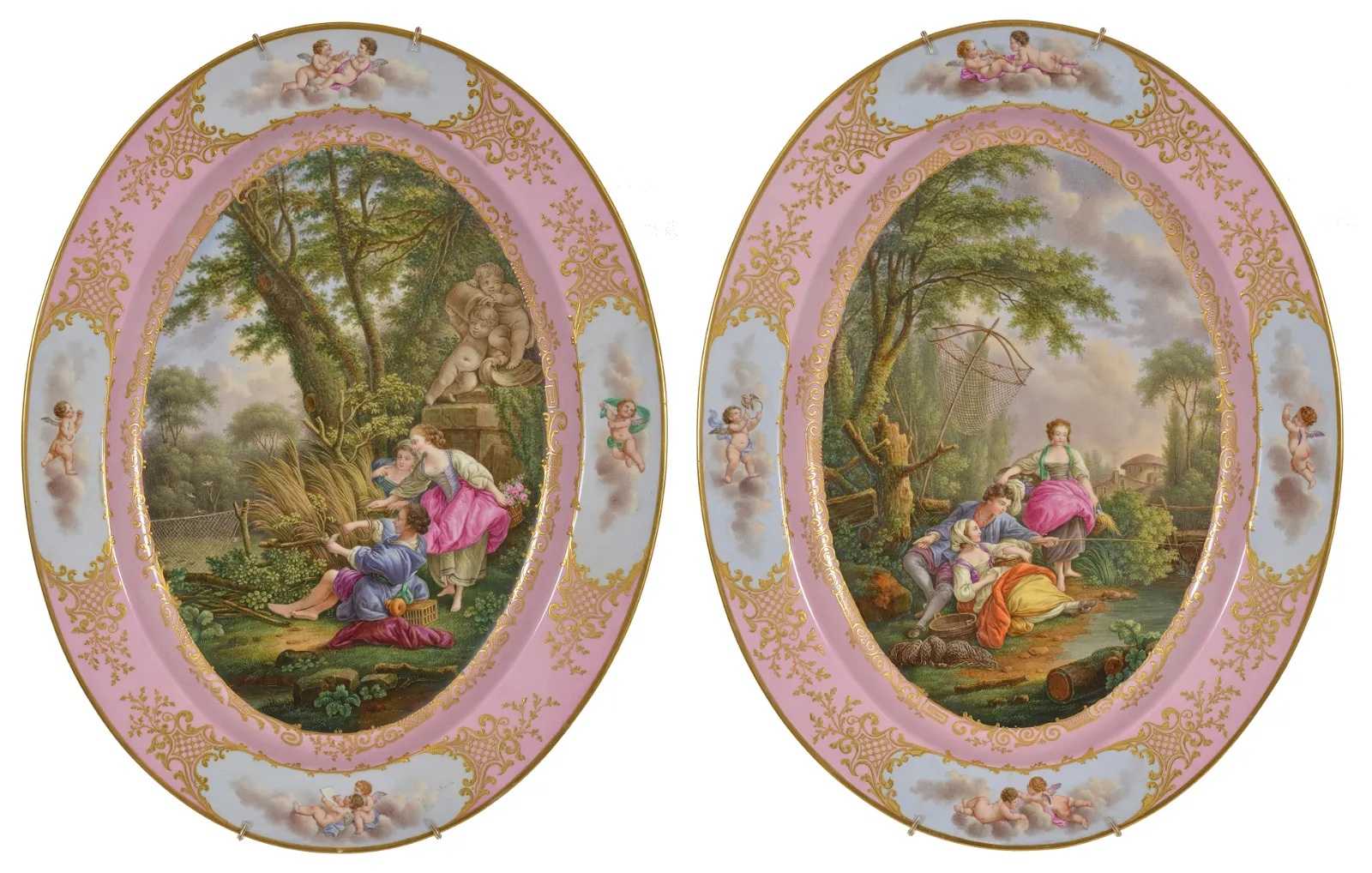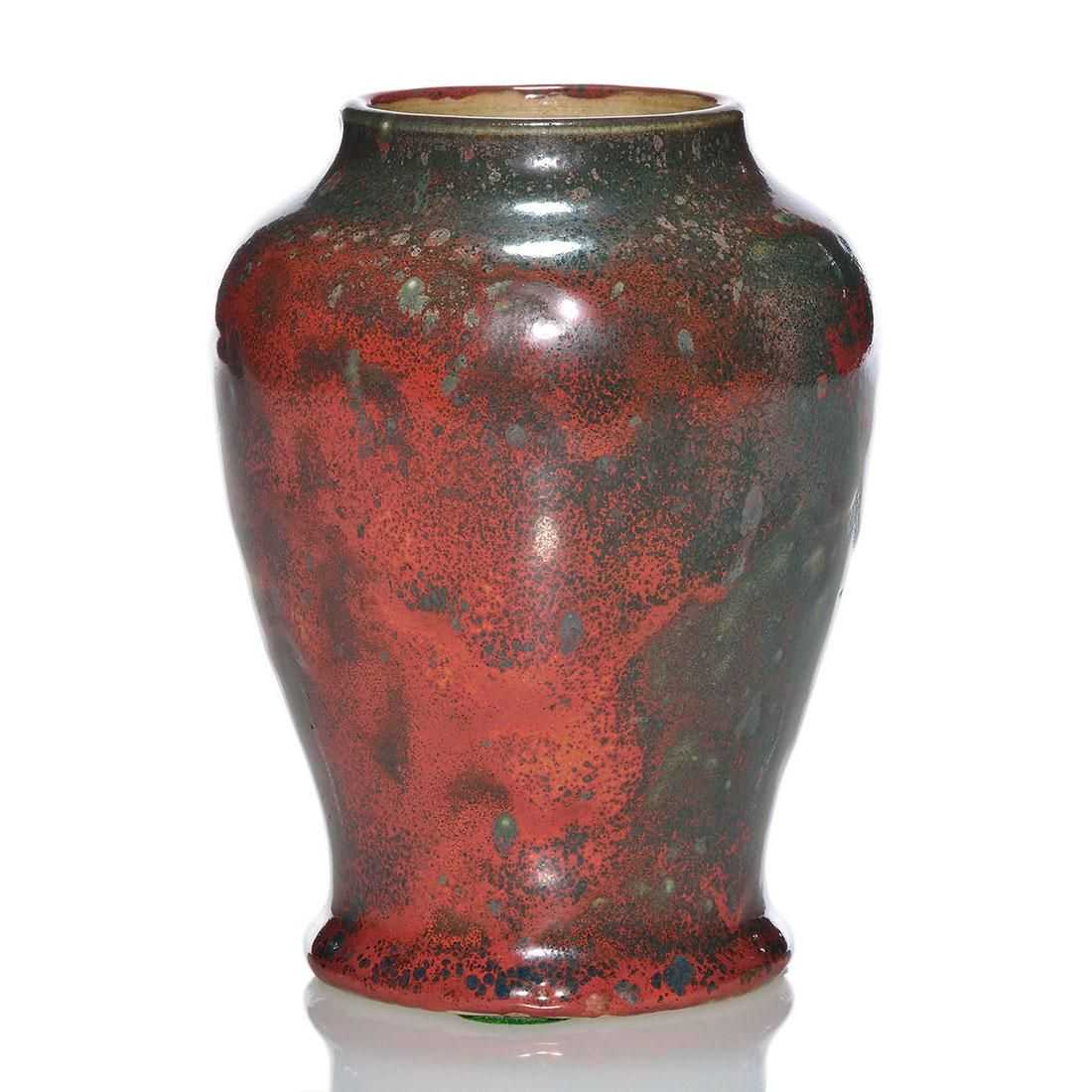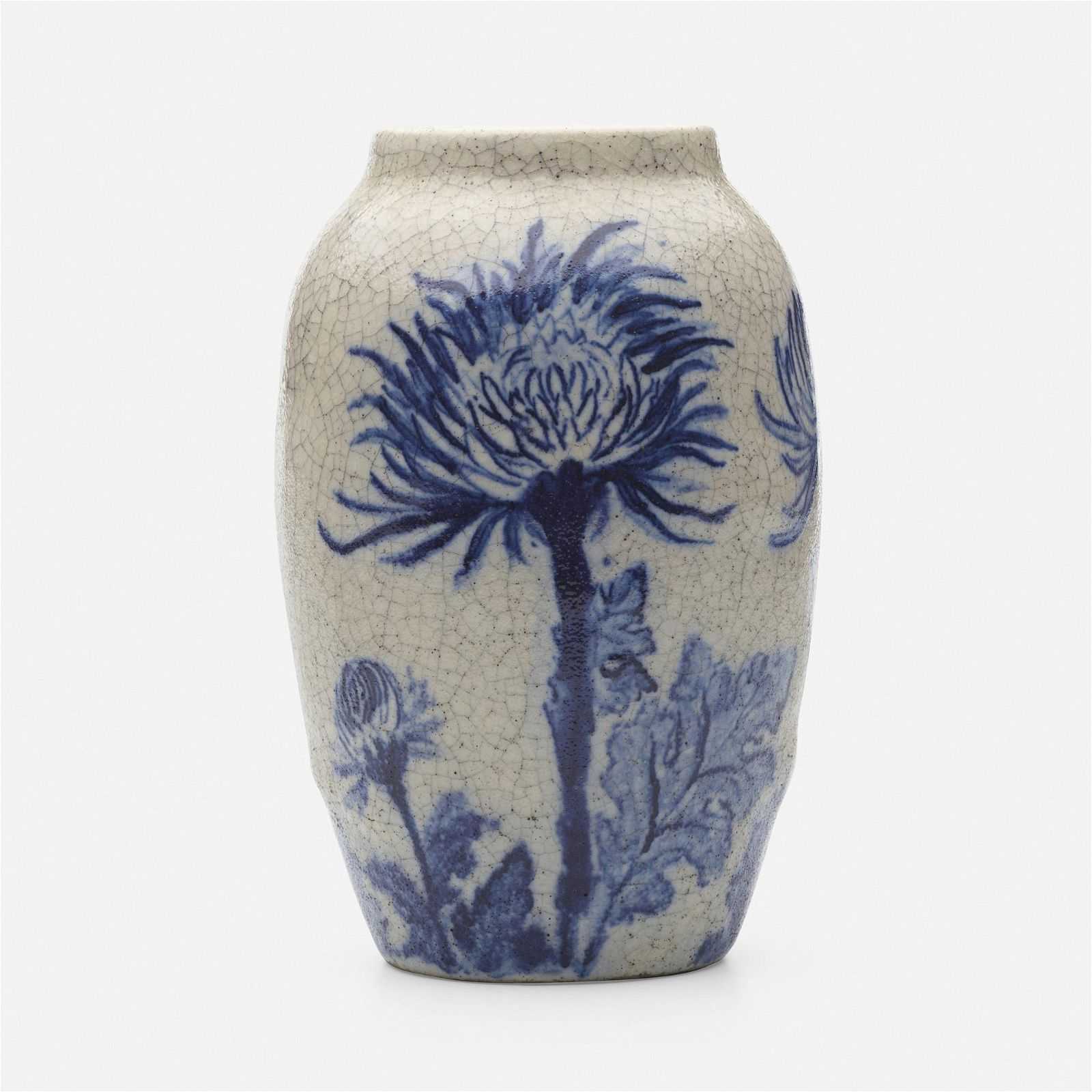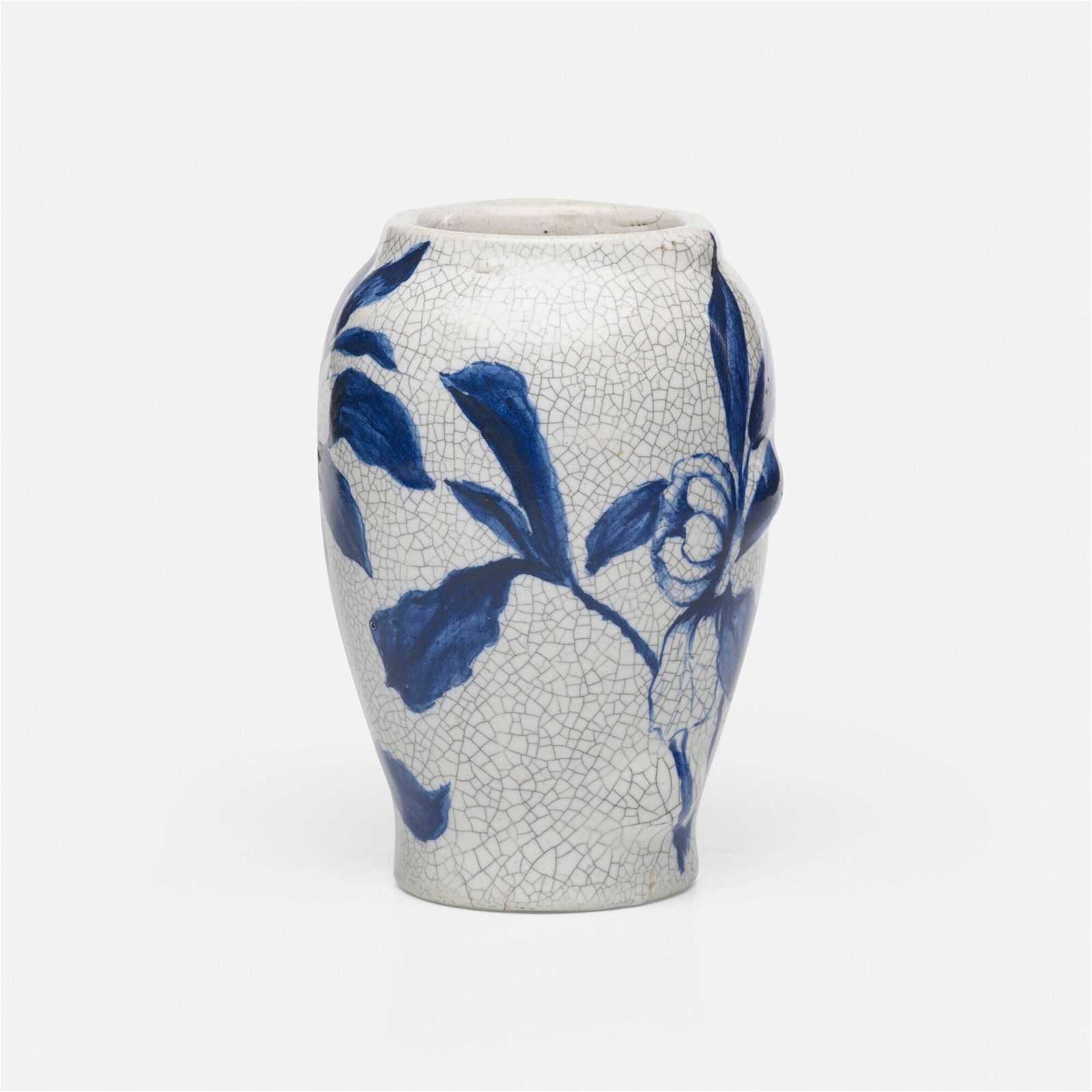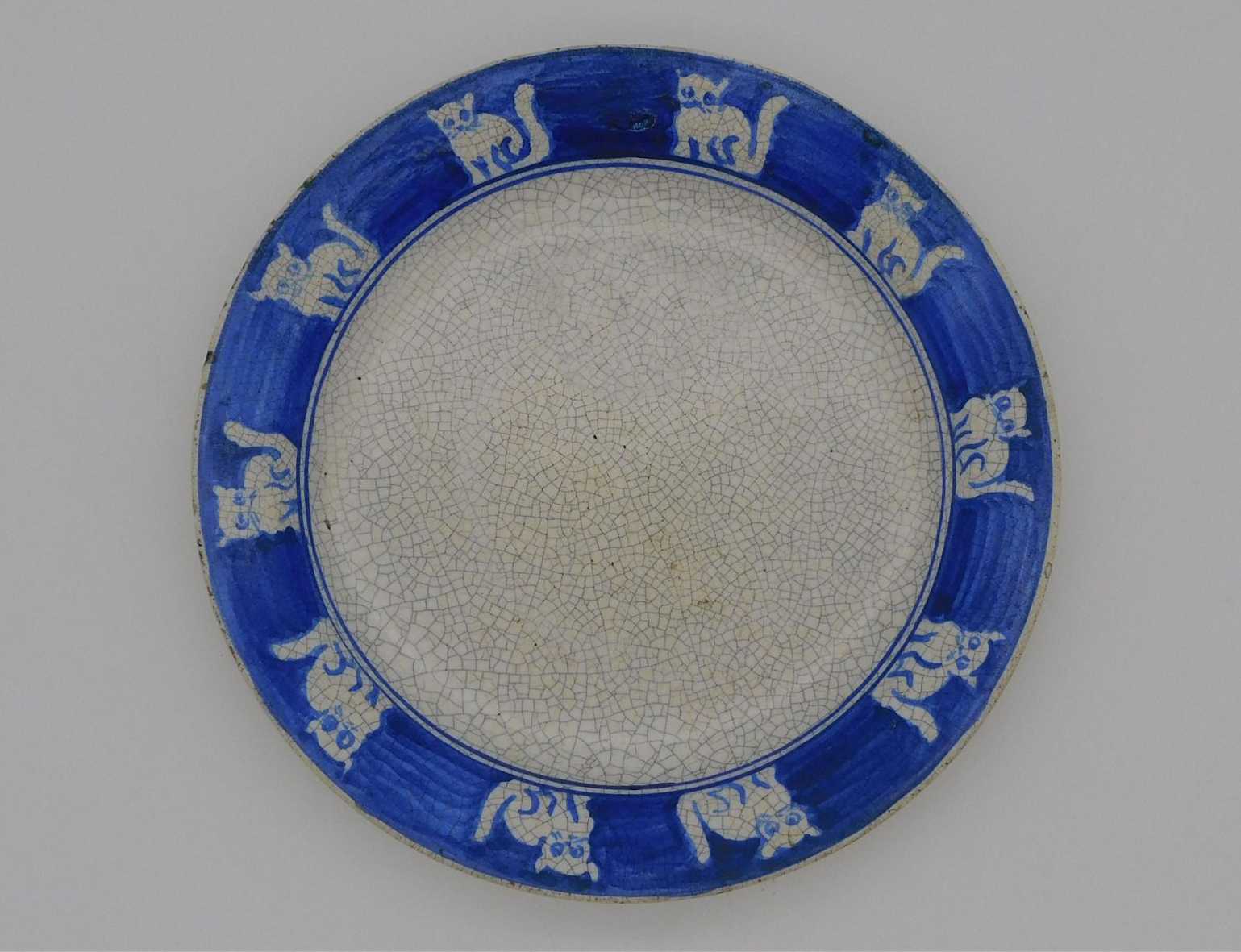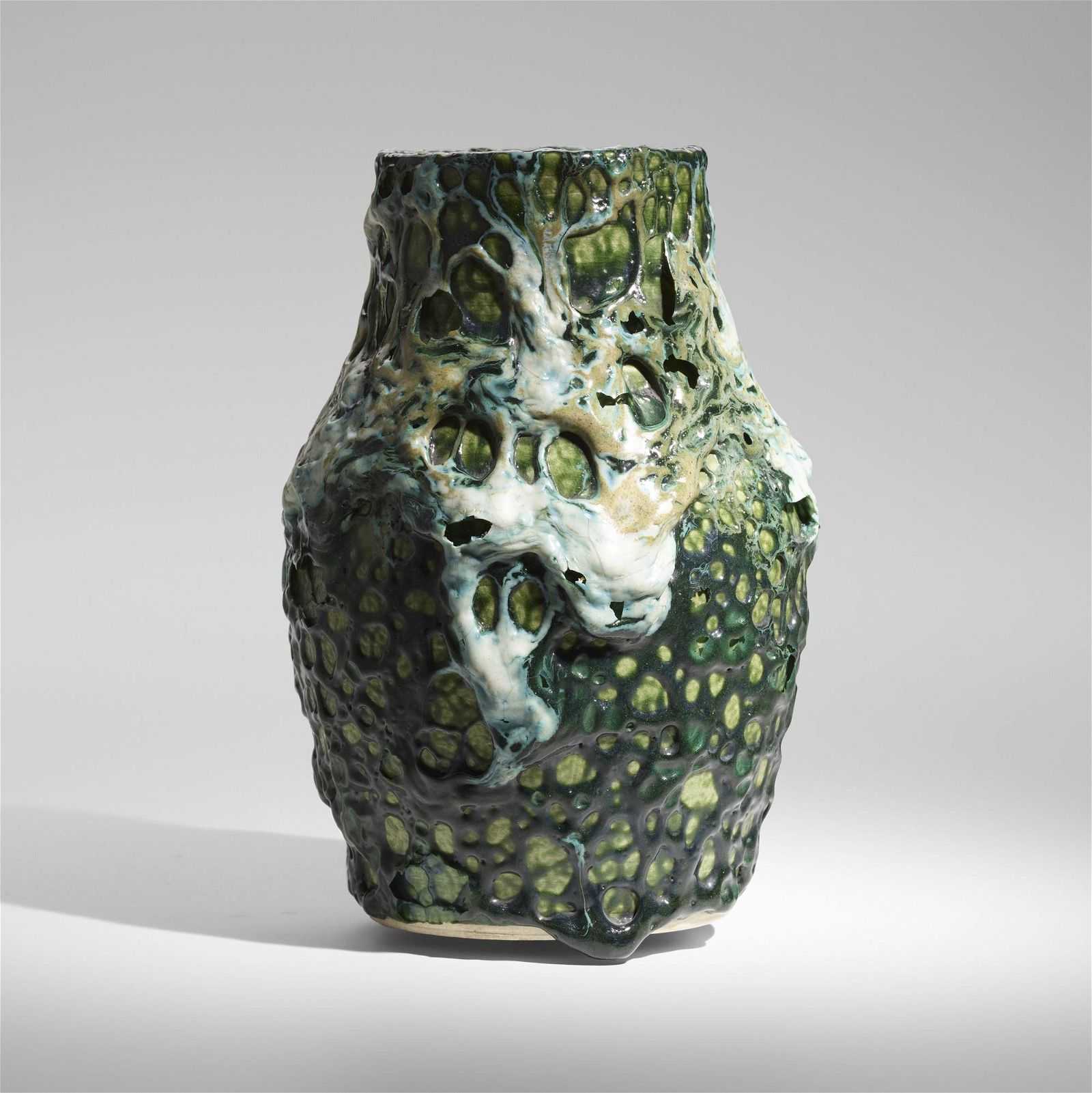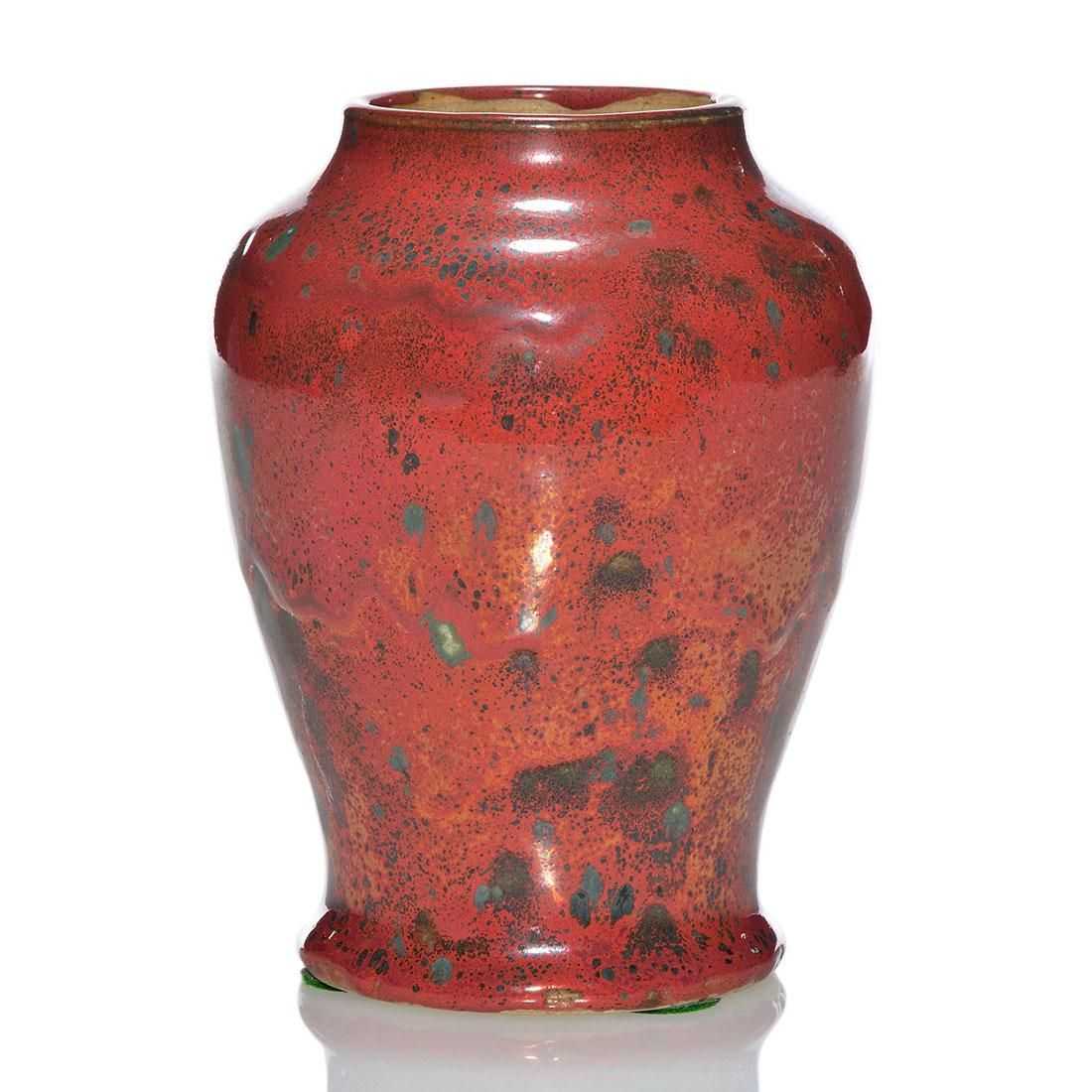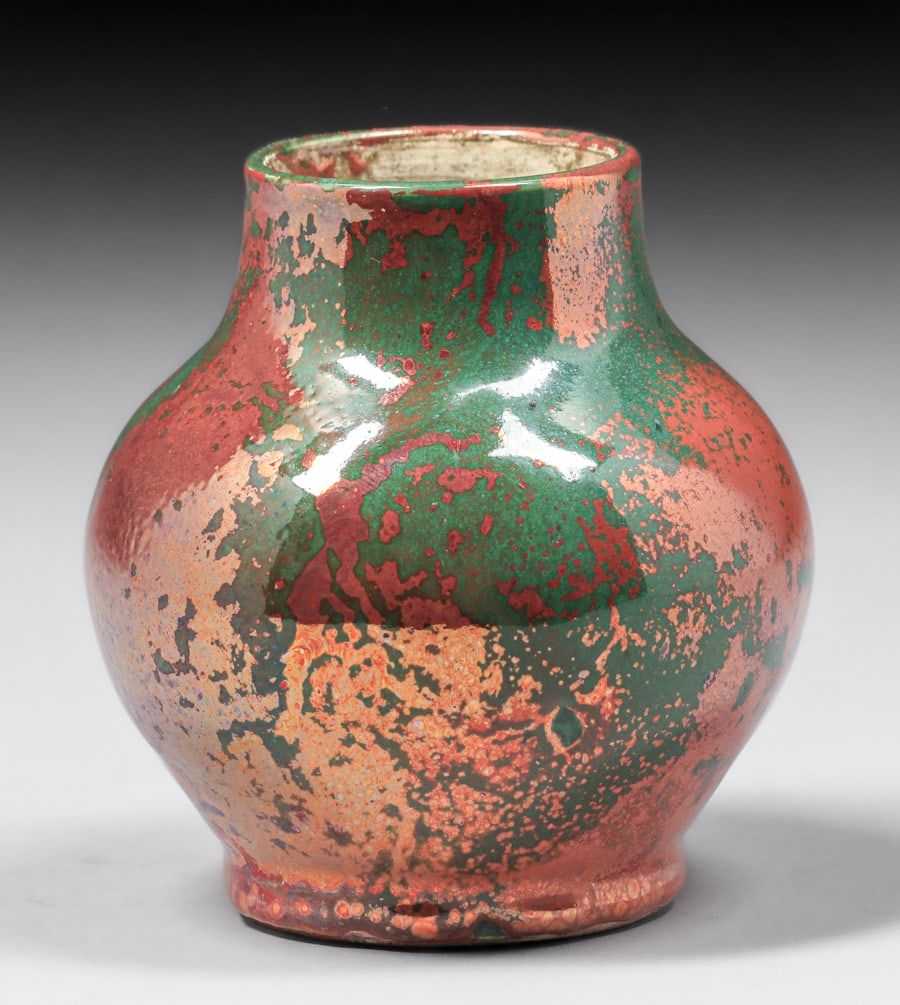NEW YORK – Madeleine K. Albright did a tough job, and she did it well. Serving as the US secretary of state is a stark challenge regardless, but being the first woman to hold the post adds an extra layer of difficulty. Albright (1937-2022) was chosen by President Bill Clinton for this crucial role in his administration, which she held from 1997 to 2001. She found a distinctly feminine way to wield her power and influence: through the brooches she pinned to the garments she wore. On Tuesday, May 7, Freeman’s Hindman will present The Private Collection of Secretary Madeleine K. Albright, and among the 142 lots are several of her celebrated pins. The sale catalog is now open for bidding at LiveAuctioneers.
Expressive pins became Albright’s sartorial signature when she was the US ambassador to the United Nations, a post she held from 1993 until 1997, when she accepted the secretary of state role. At one point during her tenure, her criticism of Iraqi leader Saddam Hussein prompted his poet-in-residence to write verse scorning her as “an unparalleled serpent”, which the Iraqi government press duly published. Though Albright was not fond of snakes, she donned a snake-form brooch for her next meeting with Iraqi officials. The incident proved that a well-chosen pin could literally be a statement piece, rich with meaning. While the sale lineup does not contain the pin that launched Albright’s collection, it does feature a metal Kenneth Jay Lane snake-form pin festooned with green and white rhinestones and estimated at $200-$300.
Albright chose pins that reflected her journey and her life story. A contemporary glass and gold foil Breaking the Glass Ceiling pin designed by Vivian Shimoyama captured the historic nature of Albright’s tenure as secretary of state. A Town & Country article on her collection pictured her wearing the pin at an award ceremony for the second woman secretary of state, Hilary Clinton. The Shimoyama pin is estimated at $500-$700, while a second lot of suffragette-themed jewelry from Albright’s collection has an estimate of $700-$900.
Another choice in the May 7 sale speaks to Albright’s original nationality. She was born in Prague, Czechoslovakia, but her family left for the US after her diplomat father, an anti-Communist, resigned his government post when Communists rose to power in 1948. This Art Nouveau owl-form pin in silver and enamel, after a design by Czech artist Alphonse Mucha and bearing a ‘Mucha’ stamp, has an estimate of $300-$500.
Albright’s family arrived in America in 1948, at Ellis Island in New York, as asylum-seekers fleeing Communist Czechoslovakia. Nine years later, she became a naturalized citizen. One of her favorite pin motifs was the eagle, a symbol of her new homeland. She wore a spread-winged eagle pin for her swearing-in ceremony as secretary of state as well as for her official secretary of state portrait. She also made a practice of bestowing eagle pins on her women counterparts from other countries as US diplomatic gifts. One of the lots on offer contains three costume jewelry eagle pins, including two by Carol Sarkisian, together estimated at $500-$700.
In 2009, an exhibit of her jewelry titled Read My Pins debuted at the National Museum of American Diplomacy and traveled to more than 20 other venues, including the Mint Museum in Charlotte, N.C. Albright attended the show’s 2012 opening at the Mint, and was presented with an 18K gold crown pin set with 26 round brilliant-cut diamonds and bearing her last name. It now carries an estimate of $1,500-$2,500.
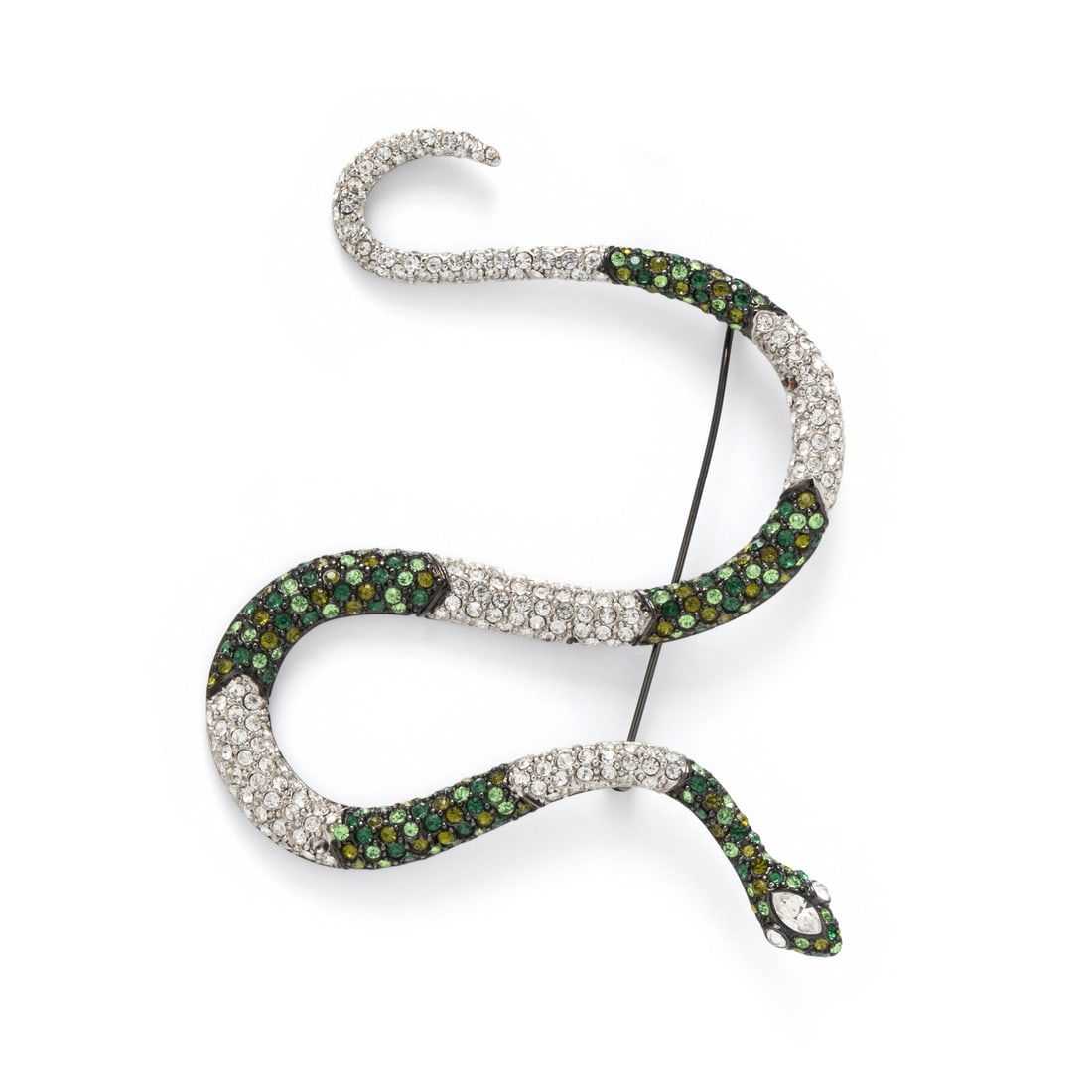
Green and white rhinestone and metal snake pin by Kenneth Jay Lane, estimated at $200-$300 at Freeman’s Hindman.
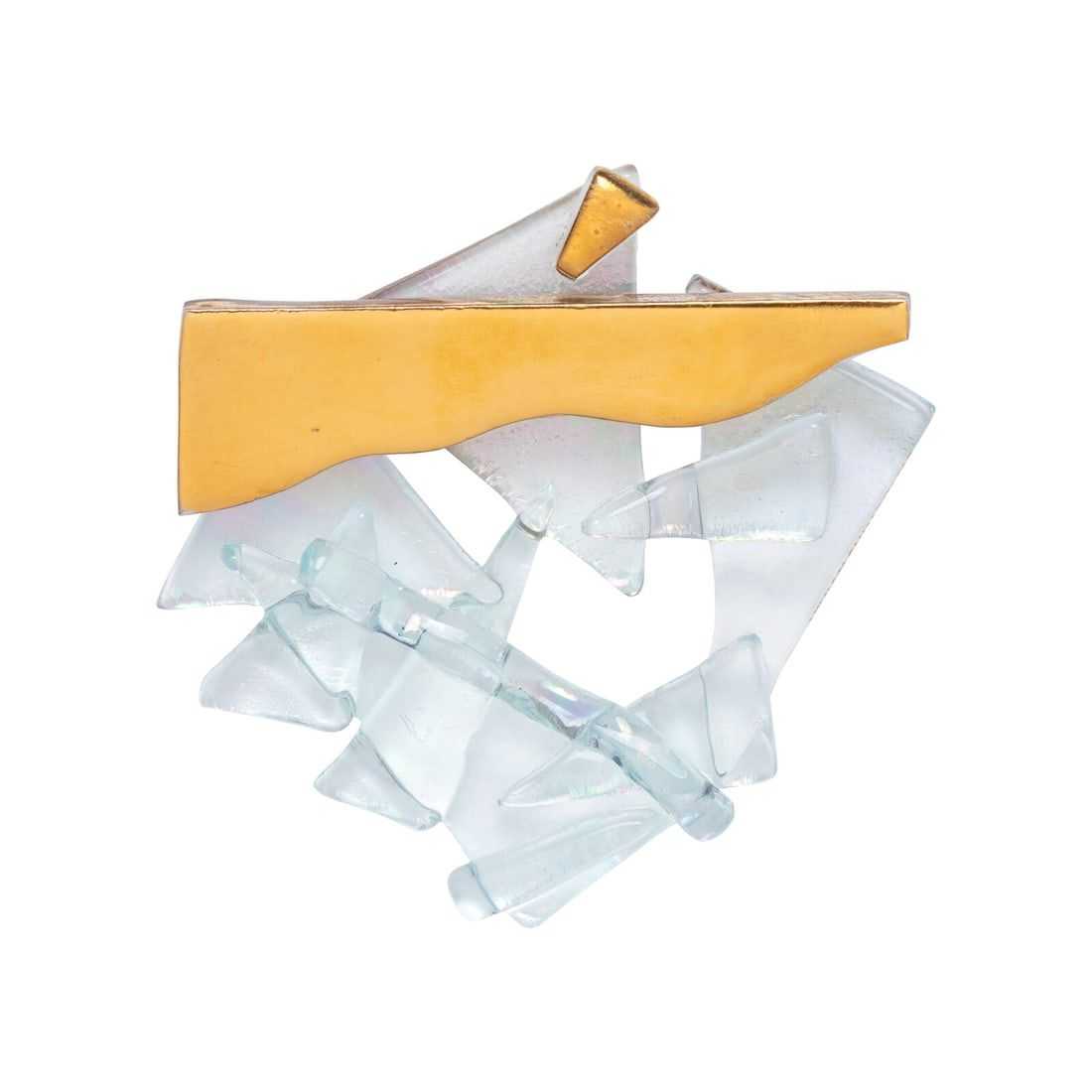
Glass and gold foil ‘Breaking the Glass Ceiling’ pin designed by Vivian Shimoyama, estimated at $500-$700 at Freeman’s Hindman.
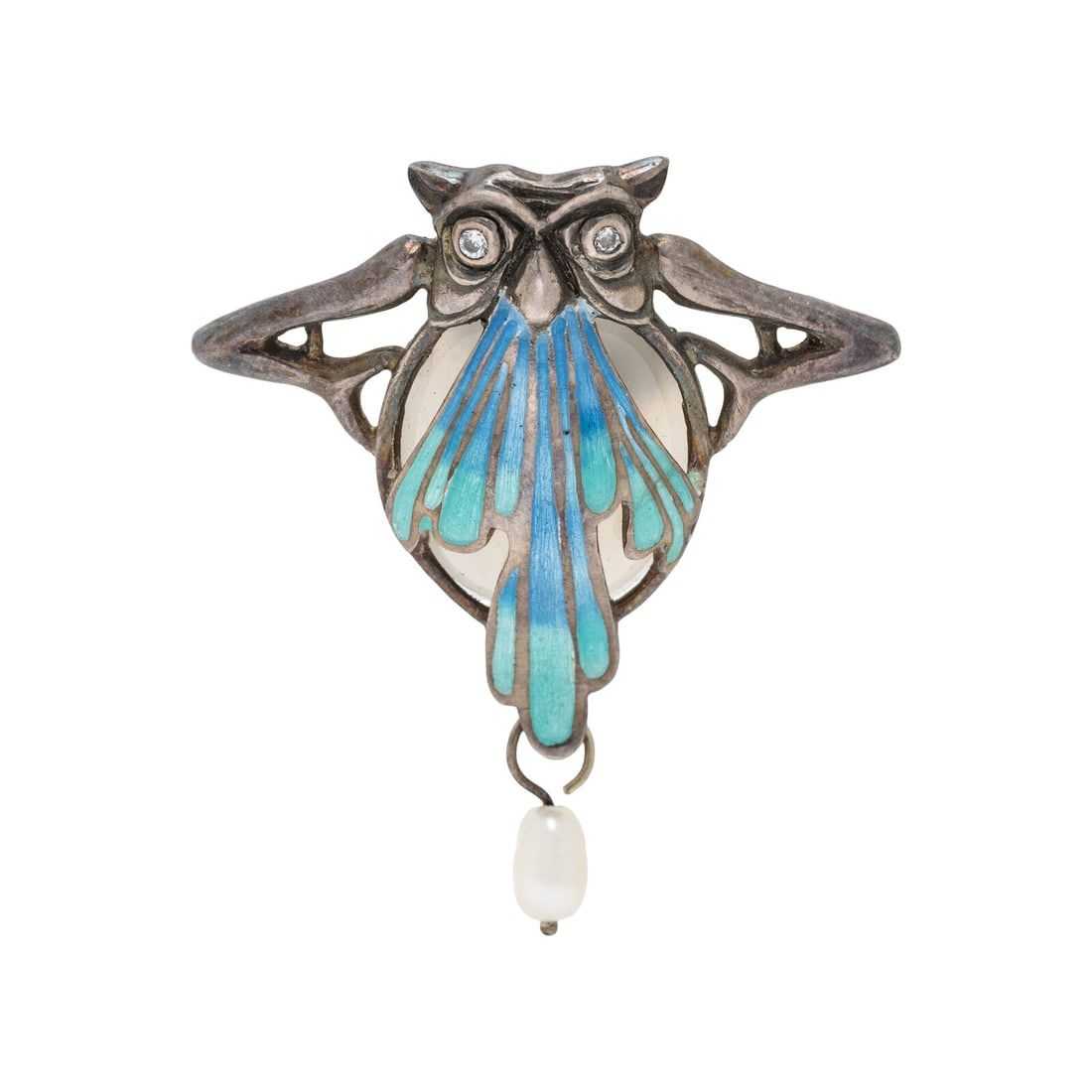
Art Nouveau owl-form pin in silver and enamel after a design by Czech artist Alphonse Mucha and bearing a ‘Mucha’ stamp, estimated at $300-$500 at Freeman’s Hindman.
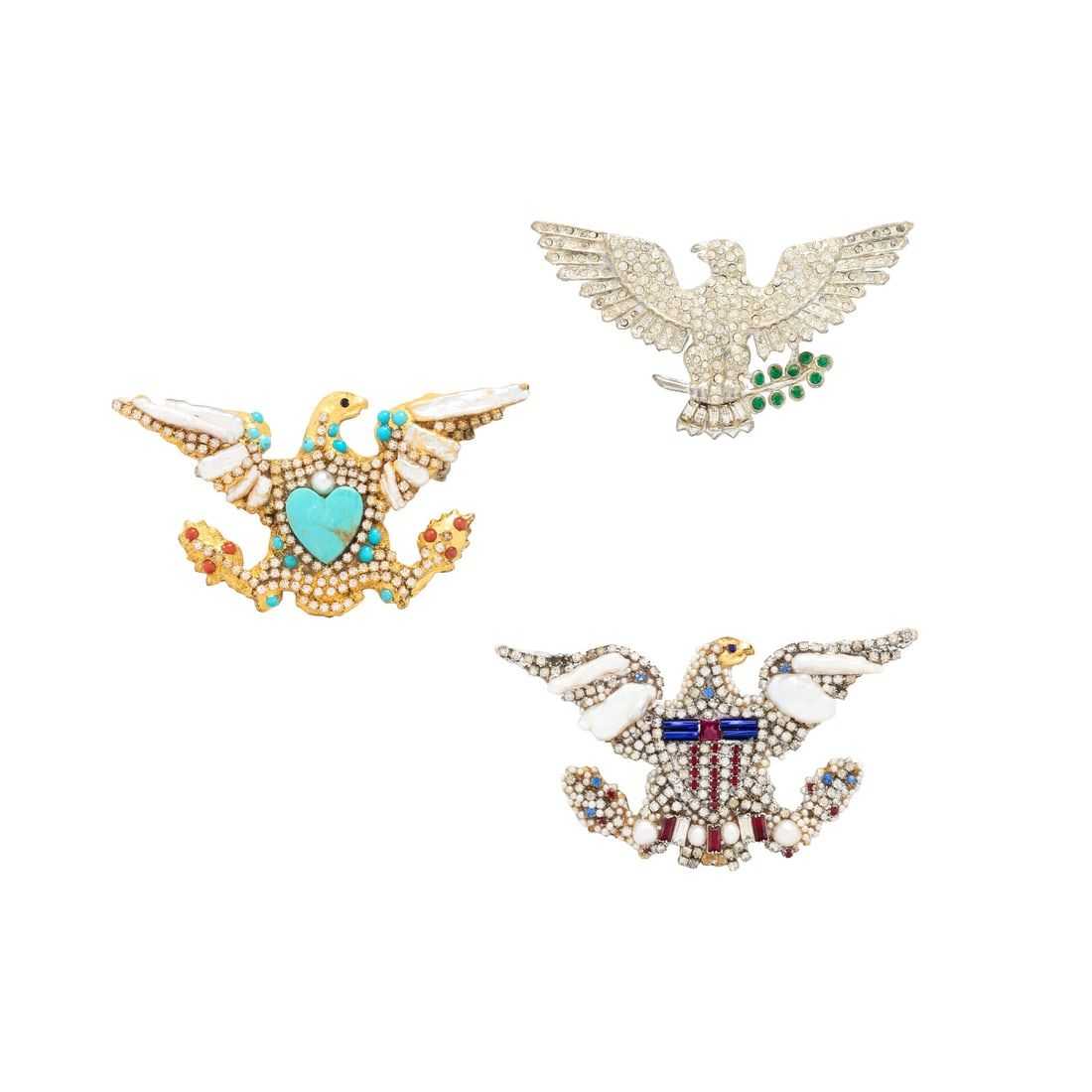
Collection of costume jewelry eagle pins, including two by Carol Sarkisian, estimated at $500-$700 at Freeman’s Hindman.
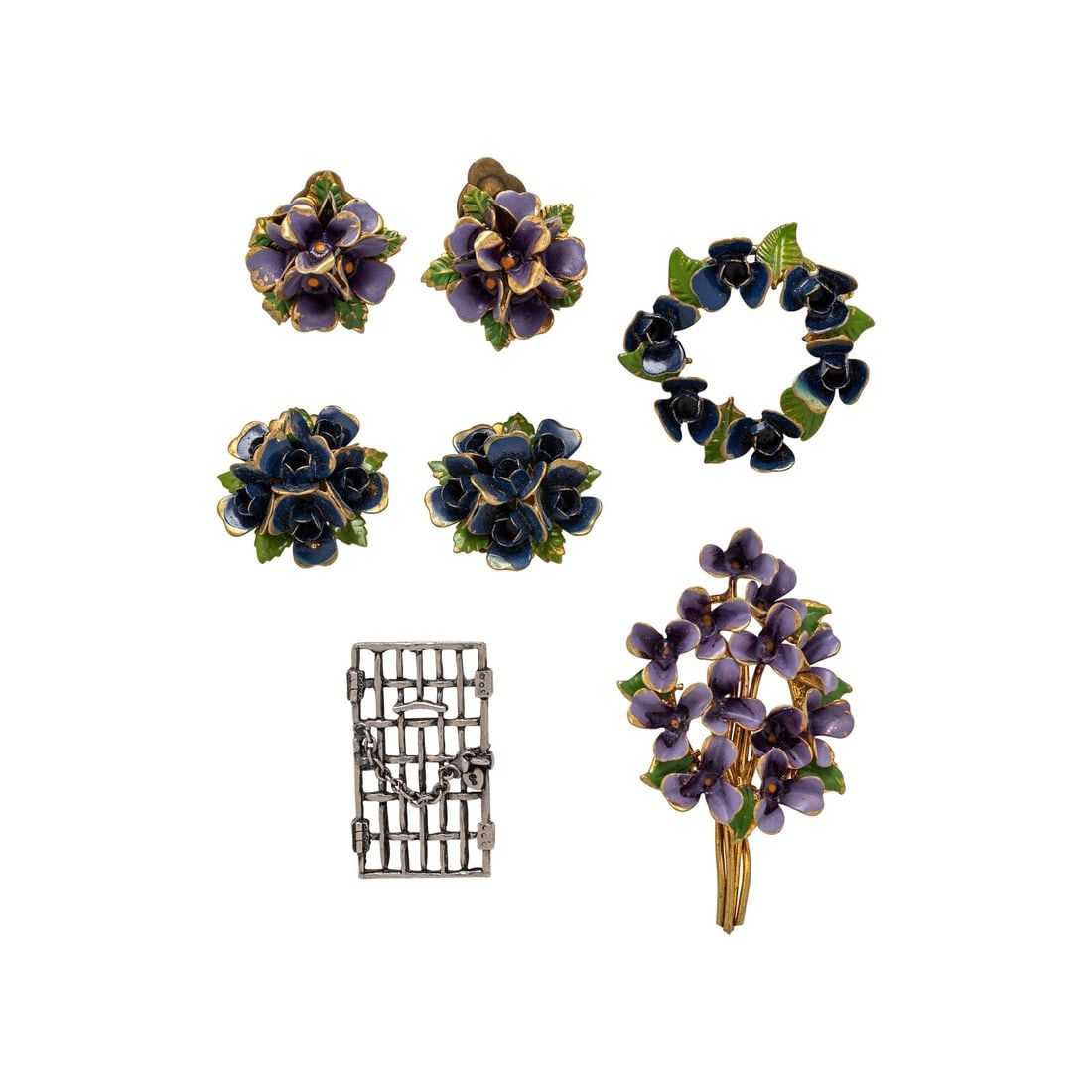
Collection of suffragette-themed jewelry, estimated at $700-$900 at Freeman’s Hindman.
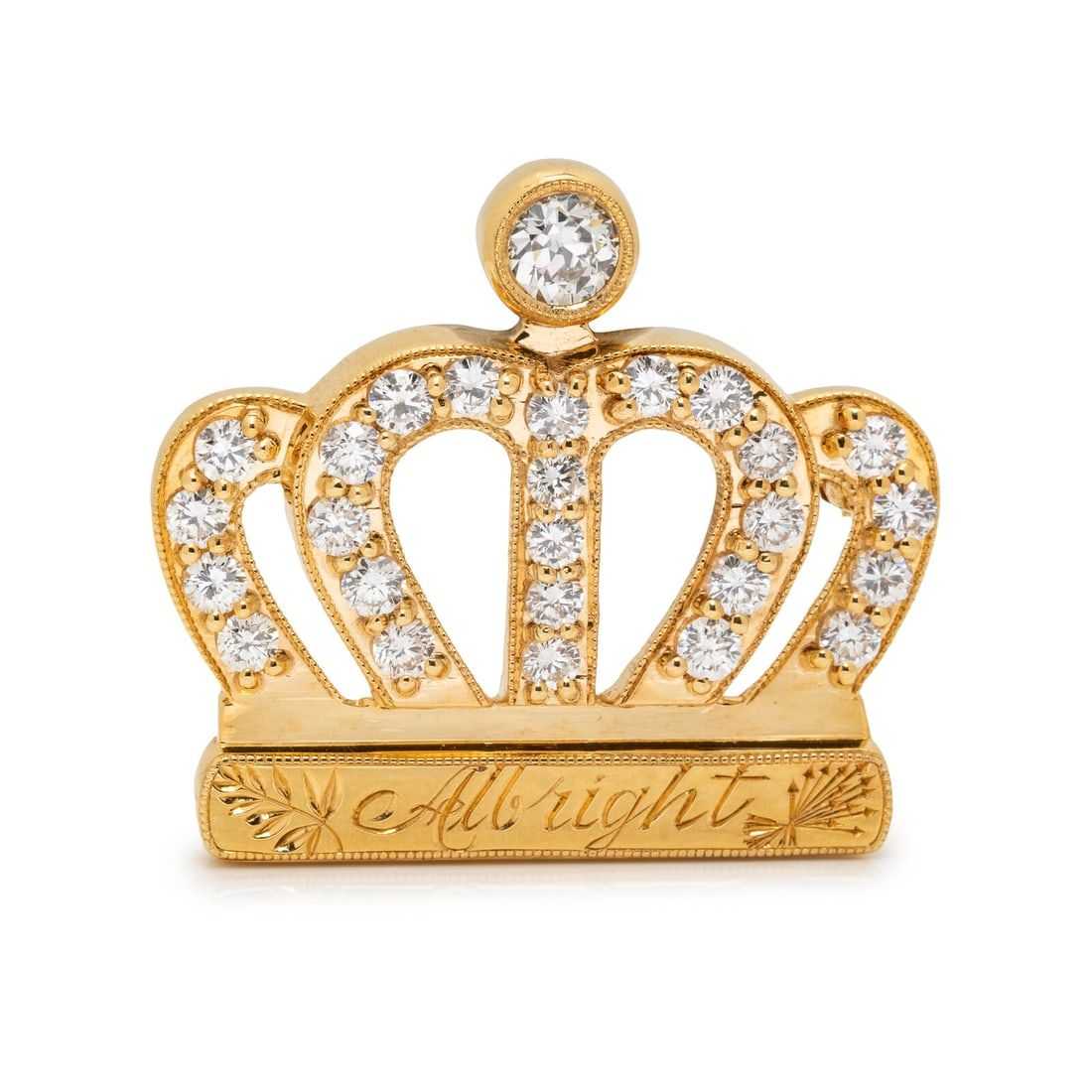
18K gold crown pin set with 26 round brilliant-cut diamonds, given to Madeleine Albright at the Mint Museum in Charlotte, N.C. at the 2012 opening of the ‘Read My Pins’ exhibit, estimated at $1,500-$2,500 at Freeman’s Hindman.

Madeleine Albright, shown in her circa-1997 official portrait as the US secretary of state, prominently wearing a spread-winged eagle pin. Image courtesy of Wikimedia Commons, which states that as a work of the US federal government, the image is in the public domain.


